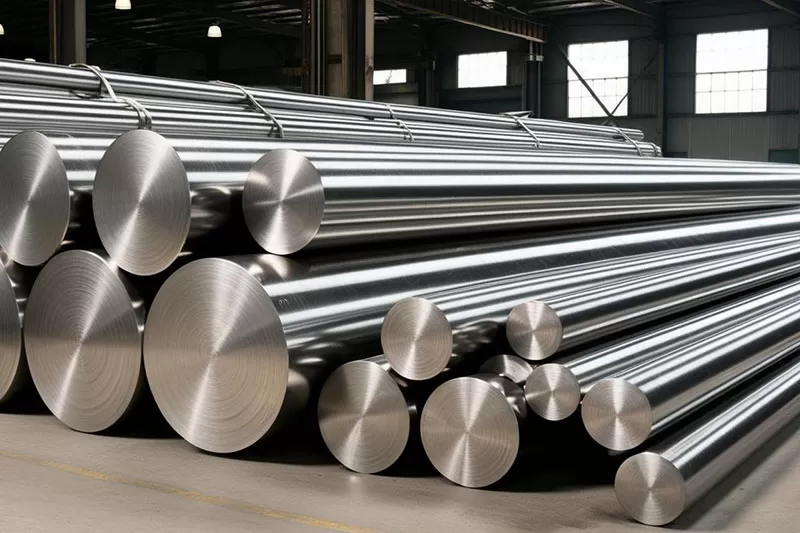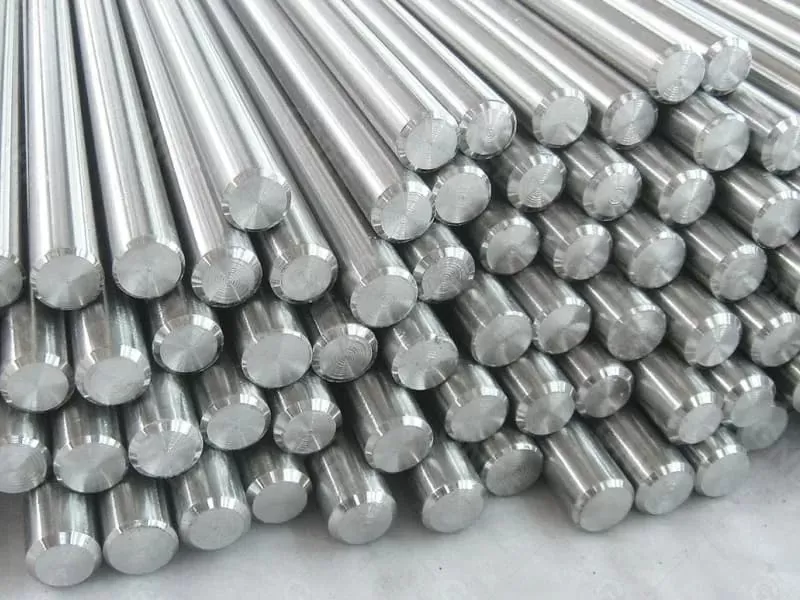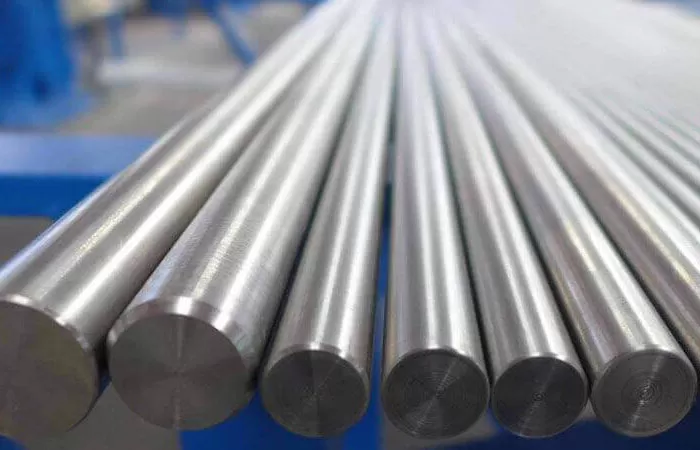
For over 30 years, the European Union has touted the vision of a seamless “single market”—a space where goods, services, capital, and people can move freely. But the reality has fallen short. In October 2024, the International Monetary Fund (IMF) released a sobering assessment: internal trade costs among EU member states remain prohibitively high, equating to a 44% ad valorem tariff for manufacturing, and soaring to a staggering 110% in services. To put that in perspective, trade frictions within the EU are three times greater than between U.S. states.
Such figures highlight a deeper malaise: the EU's internal barriers—regulatory mismatches, bureaucratic hurdles, and national protectionism—continue to hinder growth. While the bloc often criticizes external threats such as U.S. tariffs or Chinese overcapacity, the economic damage inflicted by its own fragmented regulatory systems is both chronic and largely self-inflicted.
In an effort to tackle these long-standing issues, the European Commission this week unveiled a new initiative: the “Strategy for Making the Single Market Simple, Seamless and Strong.” On paper, it’s a promising blueprint aimed at dismantling internal trade barriers and harmonizing the regulatory landscape. The strategy emphasizes the need to support small and medium-sized enterprises (SMEs)—which are disproportionately affected by market fragmentation.
Yet history warrants skepticism. The EU has introduced several market integration strategies over the past three decades, with limited success. The real test lies in implementation, and that responsibility falls squarely on the member states—many of whom have shown little political will to relinquish national control or align their domestic regulations, especially in sensitive sectors like healthcare, legal services, or energy.
According to the IMF, aligning internal trade conditions to U.S. levels could boost productivity in the EU by at least 7%. That’s an enormous gain, especially in an era of stagnating growth and global competition. But whether the EU can seize this opportunity remains to be seen.
While Europe wrestles with internal disunity, the United States faces its own trade turmoil. Twelve U.S. states have filed a lawsuit against the federal government, challenging the “Liberation Day” tariffs imposed on April 2, 2025. These states argue that the Republican administration misused the International Emergency Economic Powers Act—treating it as a carte blanche to intervene in international trade without proper checks.
The legal dispute, which may take months to resolve, has broader implications. It underscores the tension between executive authority and democratic oversight—a contrast that some EU observers see with envy, given Brussels’ struggles with transparency and accountability in trade policy.
Meanwhile, a provocative new idea is circulating in Brussels. According to media reports, Bernd Lange (SPD, Germany), chair of the European Parliament’s International Trade Committee, has suggested that the EU could impose tariffs on China as a bargaining chip to secure a trade agreement with the United States. The rationale? Curbing alleged overcapacity in Chinese crude steel production.
But the logic behind this approach is puzzling. If the EU sees U.S. tariffs as unjustified—and it does—then why respond by targeting a third party, particularly one that plays a crucial role in global supply chains and European manufacturing?
This tit-for-tat strategy raises fundamental questions. Is it sound policy to impose questionable tariffs on China to negotiate with Washington? Or is this simply geopolitical theatrics, using trade as a tool of diplomacy regardless of economic logic?
If the EU genuinely wants to defend rules-based trade, it must lead by example. Weaponizing tariffs undermines its credibility and may backfire economically. Worse, it sets a precedent where trade policy becomes a bargaining chip rather than a tool of stability and growth.
This situation echoes the allegorical wisdom of George Orwell’s Animal Farm: “All animals are equal, but some animals are more equal than others.” In the global trade arena, it seems that principles often bend to political expediency—and the EU is not immune.
The EU faces enormous external challenges, from Chinese competition to U.S. protectionism. But its most urgent task lies within: fixing its dysfunctional internal market. The new strategy is a step in the right direction, but it must be backed by genuine political will, institutional reforms, and above all, a commitment to harmonization over fragmentation.
Europe’s future competitiveness doesn’t depend solely on fending off external threats—it hinges on finally delivering the single market it promised decades ago.

2025-12-11 16:42:29

2025-11-19 14:09:22

2025-11-07 17:27:49

25th floor, C3 Building, Wanda Plaza, Kaifu District, Changsha, Hunan Province, China